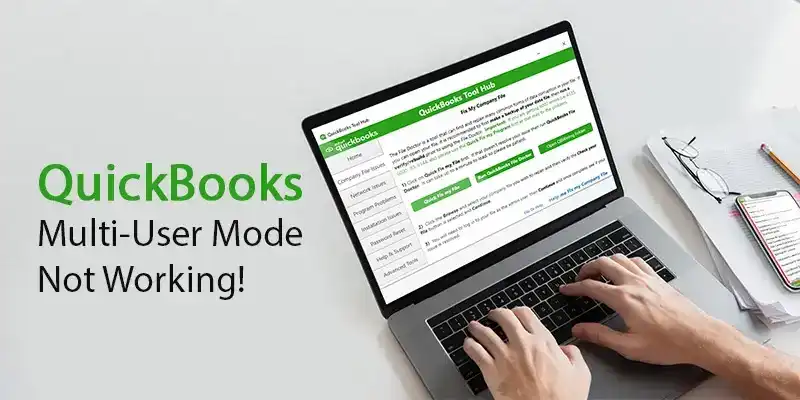
What Is a 1099 Form, and How to Fill Out?
Form 1099 is a series of documents used for reporting various types of income other than wages, salaries, and tips to the Internal Revenue Service (IRS) in the United States. These forms are crucial for tax reporting purposes, particularly for individuals who receive income as independent contractors, freelancers, or from other sources besides traditional employment.
What is Form 1099?
Form 1099 serves as a record of income received that is not part of a regular salary or wage. It is issued by payers to individuals and businesses who have received certain types of income throughout the year. The recipient then uses this information to report their income on their tax return.
Difference Between Form 1099-MISC and Form 1099-NEC
Prior to 2021, Form 1099-MISC served as the go-to for reporting various payments to contractors and freelancers. However, its disparate due dates led to exploitation by unscrupulous entities.
In 2021, the IRS reintroduced Form 1099-NEC to streamline reporting of payments to non-employee individuals for services provided. Here’s a breakdown of the key disparities between these tax documents:
Form 1099-MISC

Formerly utilized for contractor payments, the 1099-MISC now pivots to report alternative taxable incomes like rental earnings, prizes, and medical payments.
Form 1099-NEC
This form takes the reins for reporting non-employee compensation, encompassing contractors, freelancers, and similar service providers. Businesses, individuals, and payroll departments should employ it to accurately document payments for services rendered.
Who Needs to File a 1099 Form
Any individual or business that pays $600 or more in various types of income to a nonemployee or entity during the tax year is typically required to file Forms 1099 for each recipient.
How Do I Get a 1099 Form?
If you are a payer, you can obtain Form from the IRS website, your local IRS office, or through authorized tax preparation software. You can also order paper forms by mail from the IRS. If you are a recipient of income, you should receive a Form from the payer by January 31st following the end of the tax year.
Understanding the Sections of the 1099 Form
Form 1099 consists of several sections, including recipient information, payer information, type of income, and amount paid. Understanding each section is crucial for accurate reporting of income.
Types of 1099 Forms and Their Specifics
There are various types of Form 1099, each designated for different types of income. Some common types include:
- 1099-NEC: Nonemployee Compensation
- 1099-INT: Interest Income
- 1099-DIV: Dividend Income
- 1099-MISC: Miscellaneous Income
Each form has specific instructions and requirements for reporting income accurately.
How to Fill Out a 1099 Form Step by Step
Filling out a 1099 form accurately is essential for both payers and recipients to ensure compliance with IRS regulations.
Here’s a step-by-step guide to help you navigate the process:

Step 1: Gather Necessary Information
Before you begin filling out the form, make sure you have all the required information on hand. This includes:
Recipient Information: Obtain the recipient’s name, address, and taxpayer identification number (TIN). The TIN can be either a Social Security number (SSN) or an employer identification number (EIN).
Payer Information: Gather your own name, address, and taxpayer identification number (TIN).
Step 2: Determine the Type of Income
Identify the type of income being reported and select the appropriate Form 1099. Common types of income reported on Form include nonemployee compensation, interest income, dividend income, and miscellaneous income.
Step 3: Fill Out Payer Information
Enter your name, address, and taxpayer identification number (TIN) in the designated fields on the form. Ensure that this information is accurate and matches the information on file with the IRS.
Step 4: Complete Recipient Information
Enter the recipient’s name, address, and taxpayer identification number (TIN) in the corresponding fields on the form. Again, ensure accuracy to avoid any discrepancies with IRS records.
Step 5: Specify Income Details
Provide details of the income paid to the recipient. This includes the amount paid during the tax year and the type of income being reported. Depending on the type of income, you may need to fill out additional boxes or sections on the form.
Step 6: Fill Out Additional Copies
Depending on your filing method, you may need to fill out additional copies of the form:
Copy A: File with the IRS by the specified deadline.

Copy B: Provide to the recipient for their records by January 31st following the end of the tax year.

Copy C: Retain for your records.
Step 7: File with the IRS
After completing the form, you’ll need to submit Copy A of the Form to the IRS by the specified deadline. The deadline for filing Form varies depending on the type of income being reported and whether you file electronically or by mail. Additionally, provide Copy B of the form to the recipient by January 31st following the end of the tax year.
Step 8: Retain Records
It’s important to keep copies of all filed 1099 forms and supporting documentation for your records. These records may be needed for future reference or in the event of an IRS audit.
By following these steps and ensuring accuracy in reporting, you can successfully fill out and file Form 1099. Properly reporting income helps ensure compliance with IRS regulations and avoids potential penalties.
Common Mistakes to Avoid When Filling Out a Form 1099
- Incorrect recipient information
- Failing to report all income
- Missing the filing deadline
- Using the wrong form for the type of income
Frequently Asked Questions (FAQs)
Do I need to send a 1099 to a corporation?
Generally, you do not need to send a Form to a corporation unless payments were for legal or medical services.
What if I miss the deadline for filing Form 1099?
Failing to file Form 1099 by the deadline may result in penalties imposed by the IRS.
Why is it necessary to have a w-2 or 1099 form when using tax preparation software?
Having a W-2 form or 1099 form is essential with tax preparation software because they provide accurate income details, ensure proper tax withholdings, enable eligibility for deductions and credits, enhance filing accuracy, and ensure compliance with IRS regulations. It’s the key to a seamless and cost-effective tax filing process.
Is a 1099 the same as a w2?
No, a 1099 is not the same as a W-2. A W-2 is for employees and reports wages, tax withholdings, and other details, while a 1099 is for independent contractors and reports income received but without tax withholdings.
Do I have to file 1099 taxes?
Yes, if you are an independent contractor or received income reported on a 1099 form, you are required to file 1099 taxes. It’s essential to report this income accurately to comply with tax regulations and avoid penalties.
Conclusion
Form 1099 is an essential tool for reporting various types of income to the IRS. Understanding its purpose, requirements, and how to accurately fill it out is crucial for both payers and recipients to fulfill their tax obligations. By following the guidelines and avoiding common mistakes, individuals and businesses can ensure compliance with IRS regulations and avoid potential penalties.






